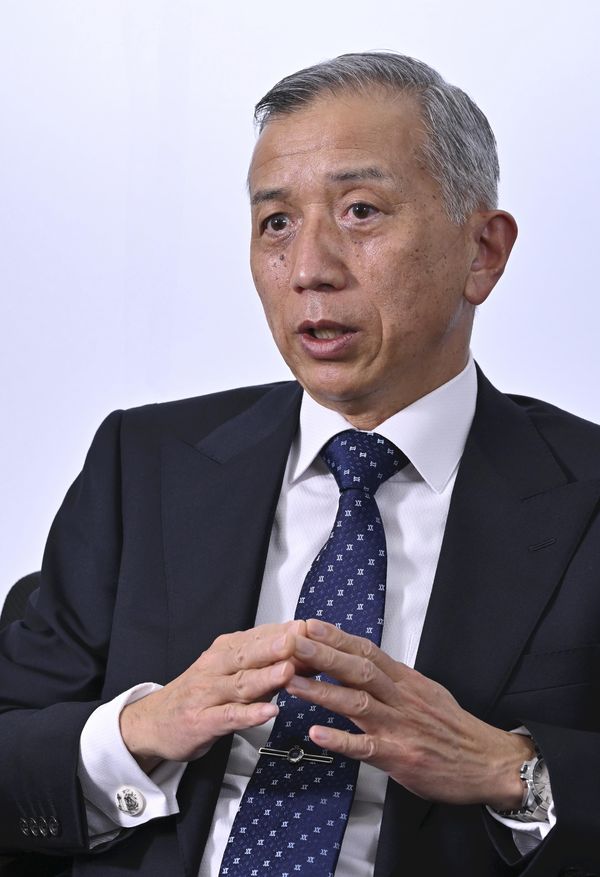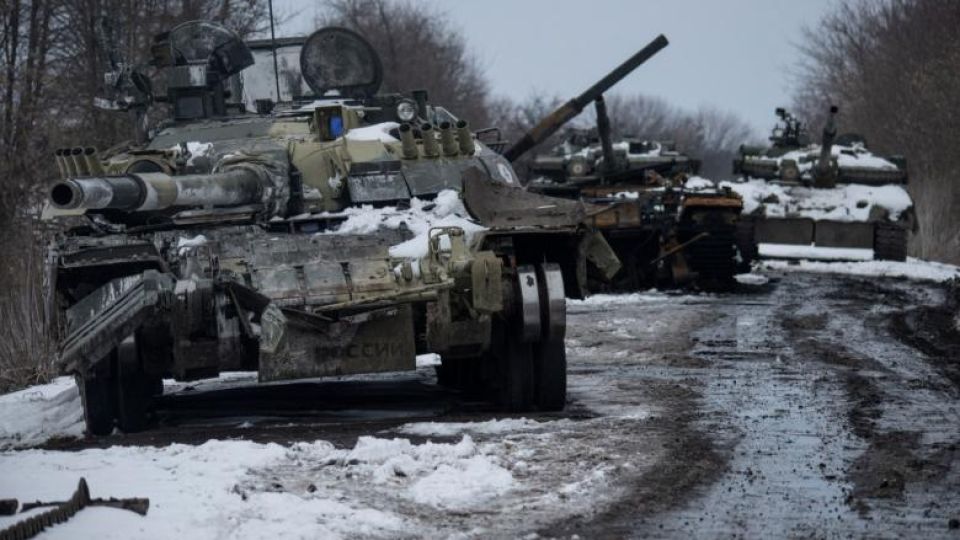March 18, 2022
TOKYO – Military expert and Ground Self-Defense Force’s former Eastern Army Commanding General Koichi Isobe talked about Russia’s failure to quickly accomplish its military objectives in Ukraine, in a recent interview with The Yomiuri Shimbun. He also speculated on the future of the war as it enters a more uncertain and possibly perilous phase. The following is excerpted from the interview.
During the Gulf War of 1991 and the invasion of Iraq in 2003, the U.S. and coalition forces did not start their ground campaign until after a thorough aerial bombardment using fighter jets and cruise missiles. In the latest war with Ukraine, the Russians appear to be engaging in a slow invasion from the ground. This is a clear tactical difference from the other two wars.
In terms of military rationality, many of Russia’s moves seem incoherent. For example, they have 150,000-180,000 troops engaged in the operation. The defending Ukrainian military has about 200,000 personnel. Furthermore, incoming volunteers are increasing. An attacker normally needs more than three times as many troops as a defender. They do not have enough troops to secure the capital.
A line of stationary military trucks was clearly visible from the air north of Kyiv. With Japan’s Self-Defense Forces, when a convoy stops, the first move would be to disperse and hide the vehicles under camouflage nets to protect them from aerial reconnaissance and attacks.
Russia annexed the Crimean Peninsula in southern Ukraine in 2014. Russian President [Vladimir] Putin may have underestimated the Ukrainian people and military because he achieved his objectives quickly in that operation. He probably thought his enemy would surrender if he put on a show of overwhelming military strength for a few days.
Putin sees Ukraine as a kind of sibling, due to how close it is to Russia in culture, religion and history. In my view, he probably wanted to avoid the destruction of Kyiv at first. It’s believed that his plan was to first capture the airport with a small force of paratroopers, then burst into the city and detain Ukrainian President [Volodymyr] Zelenskyy.
However, the Ukrainian military showed more resistance than expected. About a week after the invasion began, there was a clear change in the Russian forces’ response. The longer a war drags on, the higher the cost. It also gives the Ukrainians room to fight back and will worsen international public opinion against Russia. In an effort to reach an early settlement, Russia began indiscriminate attacks with missiles and other weapons, including on civilian facilities. They may be also aiming to put psychological pressure on the Ukrainian people.

Koichi Isobe, former commanding general of the Ground Self-Defense Force’s Eastern Army
The Yomiuri Shimbun
Professional militaries leave cultural institutions and historical buildings, as well as things like dams and nuclear power plants, out of their attacks. The attacks on nuclear power plants in particular are war crimes that violate the Geneva Conventions aimed at reducing the damage caused by conflicts. These are grave acts that cannot be carried out without orders from the very top. Putin’s threat to use nuclear weapons probably indicates his desperation.
For Ukraine, this is a defensive battle for the survival of the country, and morale is high. In contrast, I do not think the Russian soldiers know what they’re fighting for. Something similar to what the U.S. military experienced during the Vietnam War is happening.
The Javelin portable anti-tank missiles and Stinger anti-aircraft missiles supplied by Western countries have delayed the Russian advance. There is footage of Russian helicopters being shot down. I was a helicopter pilot when I was in active service, and I’m sure the Russian military feels these weapons to be a major threat.
However, Ukraine’s ability to resist will plunge if it’s not adequately resupplied. Russia is trying to encircle Kyiv. While the Ukrainian side wants to bring supplies like weapons, food and water into the capital, Russia will probably try to cut off supply routes. This confrontation will become a focus of the war. One climax may be reached in the next week or so.
There is a saying that “cities swallow up soldiers.” This is because ambushes launched from the countless buildings of a city cause more damage to the attackers. The Russians must be feeling hesitant to enter the heart of Kyiv. They probably believe it would be an effective plan to surround the city, cut off supplies, and intimidate the enemy in negotiations to get them to surrender.
But even if the Russians take over Kyiv, destabilization of the region will be inevitable.
After the Iraq War, the United States alone had as many as 170,000 troops in Iraq. Iraq and Ukraine have roughly the same population and land area.
The Ukrainian government is said to have given about 18,000 guns to reservists in Kyiv, putting large quantities of small arms in circulation. I believe the Ukrainians will continue to resist. Putin’s rule could not go as he imagined, and the “post-war” period could also be extremely chaotic.
There are many uncertainties about the future of the war. Nevertheless, Japan needs to keep a close eye on the behavior of its neighboring nuclear power, Russia.
— This interview was conducted by Yomiuri Shimbun Staff Writer Yohei Kano.
■Koichi Isobe
Former commanding general of the Ground Self-Defense Force’s Eastern Army
Isobe was born in 1958 and graduated from the National Defense Academy in 1980. After serving as the commander of the Ground Self-Defense Force’s 7th Division, its only armored division, and vice chief of staff, Joint Staff, he assumed the post of commanding general of the GSDF’s Eastern Army. He was also a senior fellow at Harvard University in the United States for two years from July 2017. He is the author of the book “Tomodachi Sakusen no Saizensen” (Frontlines of Operation Tomodachi).Speech

